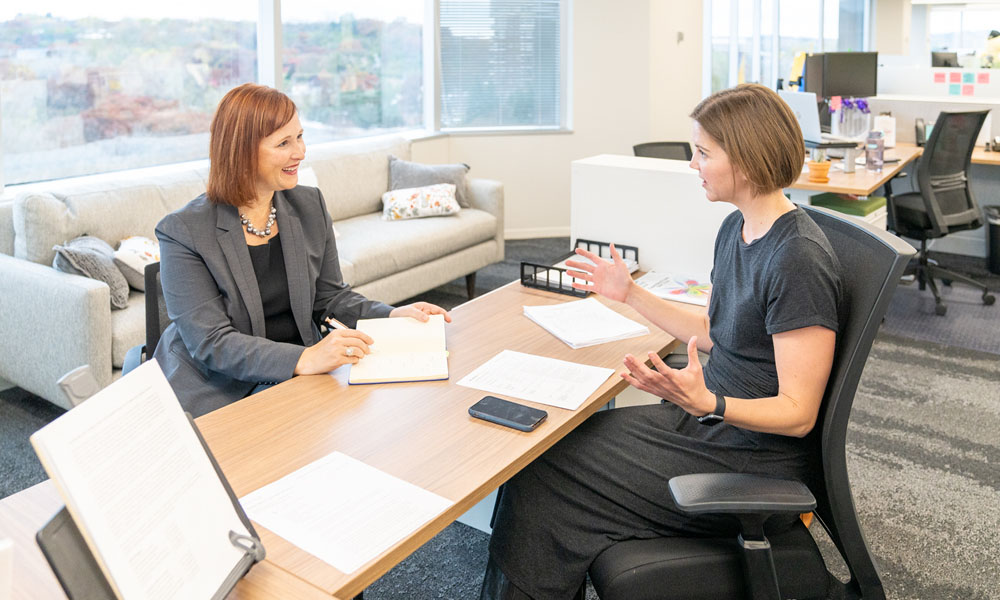
At Timberland Partners, we pride ourselves on being owners and operators. We don’t own anything that we do not manage ourselves, and we do not manage anything that we do not own. But why? In doing this, we know that we are always focused on our assets and operating to create long-term value for our investors.
With that focus, how do we create value through operations? By maximizing net operating income.
When valuing our assets, we start with net operating income (NOI). This is our effective gross income, less operating expenses. The higher our NOI, the higher the value of the property.
How do we do this? Starting with effective gross income (EGI), we maximize our rent levels while also managing vacancies and concessions. We use a strategic pricing program, similar to what the airlines and hotels use, to price our rates for prospective residents. This takes into consideration how many units are available (supply), and the projected traffic levels (demand). It also looks at what similar units have rented for, what rent levels are for similar properties, and what special amenities may warrant a different price. For example, an apartment with a lake view will rent for more than an apartment with a parking lot view. Another key income stream for us is our RUBS (Ratio Utility Billing System) program. We allocate a large portion of the water, sewer, and trash removal bills to be paid by the residents. There are also other ancillary income streams that are an option for our residents, including parking, storage, pet rent, clubhouse rentals, etc.
We also work hard to manage our operating expenses.
Our largest expense is real estate taxes; therefore, we work with advisors to ensure that we are paying our fair share of taxes based on appropriate valuations. Utilities are also a large expense and in addition to recouping some of this through our aforementioned RUBS program, we install low-flow toilets, showerheads, and aerators at many properties to help reduce usage and cost. Most of our properties are on the same policy to help manage insurance expenses. To put it simply, we create value by increasing NOI.
But how do we get this done? People.
At the heart of each asset, we have a team of people working on-site at the property, or what we call community, to make sure it is operating at its best. Each property has a community manager that is responsible for the performance of the asset. They have the responsibility to act on behalf of the owners. They are the eyes and ears of the owners and ensure the property is performing in line with our expectations. We work hard to create a company culture that promotes great performance and strong results through collaboration. As we have grown, we have created 15 distinct regions, each consisting of about 1000 units and led by a regional manager. This creates teams that work together across our portfolio of 15 states.
We also leverage centralized support.
At our home office in Minneapolis, we have a support team whose priority is to provide great customer service to our on-site teams. This includes accounting, information technology, human resources, marketing, and training. These teams also stay on top of new industry trends and help see themes across the portfolio of what works well so it can be emulated at other properties.
Property management is not easy, but when done well, it gives us a competitive advantage when acquiring a new property, when leasing to and retaining prospective residents, and when hiring team members. And while not easy, we keep it simple by keeping our properties clean, neat, and friendly.
